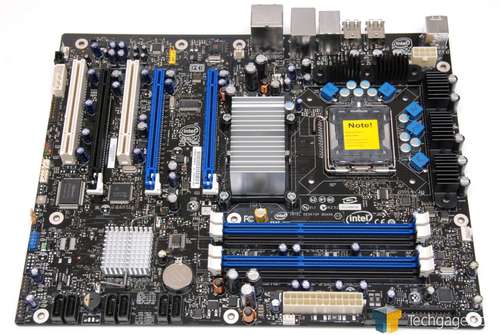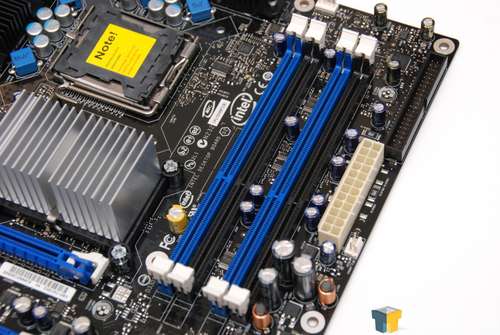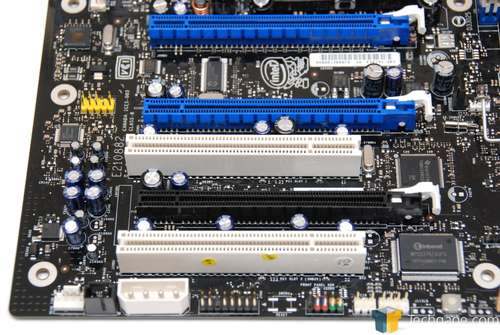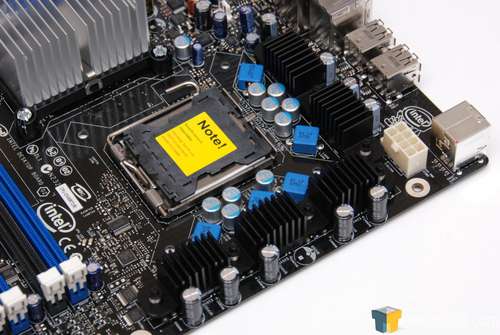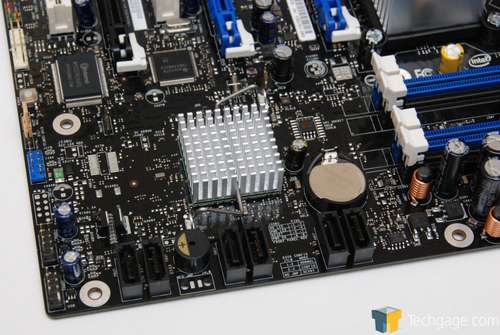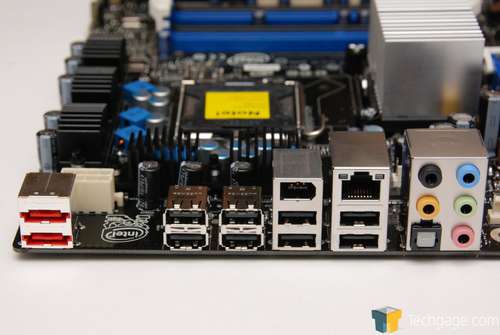- Qualcomm Launches Snapdragon 4 Gen 2 Mobile Platform
- AMD Launches Ryzen PRO 7000 Series Mobile & Desktop Platform
- Intel Launches Sleek Single-Slot Arc Pro A60 Workstation Graphics Card
- NVIDIA Announces Latest Ada Lovelace Additions: GeForce RTX 4060 Ti & RTX 4060
- Maxon Redshift With AMD Radeon GPU Rendering Support Now Available
X48 Roundup: ASUS, ECS & Intel
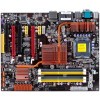
With so much X48 selection on the market, choosing the right board can be tough. To help make the choice easier, we are taking a look at three such boards all at once, ASUS’ DDR2 Rampage Formula and also the DDR3 ECS X48T-A and Intel’s DX48BT2.
Page 5 – Intel DX48BT2
While it’s hard to come by an Intel processor that’s unimpressive, the company’s motherboards have never given me a ‘wow’ impression. The best thing their offerings offer is stability. If you want to run stock speeds on your processor and RAM, you are set. Their boards are some of the best out there for stability, hands down.
Overclocking is a little different, but I’ll touch up on that later. For now, let’s take a trip around the board and see what it’s made of.
If I were in charge of creating motherboards, I would choose a black PCB every, single, time. I’m sure many will agree that the color of the PCB does add to the overall appeal of a PC, especially one suited for gaming. While the color scheme could have been made better with darker component colors, I’m not that fussy.
Out of the three boards here today, Intel’s is the only one to offer less than six slots. In fact, Intel’s configuration is about as odd as ECS’ placement of the 8-pin power connector. No PCI-E 1x slots are present, but instead two PCI-E 16x and one PCI-E 8x are, along with two PCI. For those with a PCI-E 1x card, it will still work in the bottom PCI-E 8x slot, however.
Take note of the 4-pin Molex connector, which is added to increase stability with overclocking. Like the ECS board though, this won’t need to be touched, as overclocking was in all regards lackluster. One last gripe I have is the location of the front panel connectors… they are located much further away than they are on most boards. This isn’t a large problem, but it would have been more convenient had they been located closer to the bottom right-hand corner.
The CPU socket area is open, just like the ECS, so installing any CPU cooler on the market shouldn’t be a problem. The black heatsinks around the PWM are fantastic-looking.
On the bottom right-hand corner are six S-ATA ports, the BIOS battery, Southbridge heatsink and also the Clear CMOS toggle (beige switch to the middle-left). If your installed GPU is long, you can expect to lose the top two S-ATA ports, and two more if you plan to use two identical GPUs in Crossfire mode.
Finally, on the back panel we have dual e-SATA, eight USB ports, one Firewire, one NIC and a various audio, including S/PDIF.
Although I appreciate the color scheme and stability that Intel enthusiast boards offer, I am not overly impressed entirely with the design and layout of the DX48BT2. Certain things could be located differently in order to make installation easier and cleaner, but overall, nothing is severe. Unlike the ECS board, this one locates the 8-pin motherboard connector conveniently and also offers more than one fan connector.
Time to see what the BIOS is made of.
Support our efforts! With ad revenue at an all-time low for written websites, we're relying more than ever on reader support to help us continue putting so much effort into this type of content. You can support us by becoming a Patron, or by using our Amazon shopping affiliate links listed through our articles. Thanks for your support!




